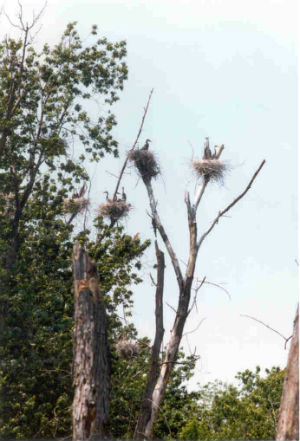1. Resource and biodiversity conservation based on sound science are important goals in the development of management plans.
2. Management decisions take into consideration the purposes for which the land was purchased and any legal restrictions associated with the land.
 3. Decision-making on these lands is guided by the public with respect to various aspects, including acquisition, policy development, management planning, and the implementation of policies, plans, and regulations.
3. Decision-making on these lands is guided by the public with respect to various aspects, including acquisition, policy development, management planning, and the implementation of policies, plans, and regulations.
4. Long-range management plans take into consideration the priorities set by local, regional, watershed, and species management and recovery plans.
5. Every parcel of land cannot accommodate all the uses that the public might want. However, ANR lands provide places for the following on at least a regional basis:
- Sustainable timber management
- Sustainable recreational activities
- Wildlife habitat and species management
- Wildlife-oriented activities (e.g. hunting, trapping, and fishing)
- Restoration and protection of water resources
- Protection of biodiversity and natural communities
- Protection of historical and cultural resources
6. Allowed uses are described in each management plan and are implemented to ensure the conservation and, if necessary, restoration of biodiversity and the natural resource base.
7. Management actions work toward having ANR lands serve as exemplary stewardship models for the public and private sectors in Vermont.
